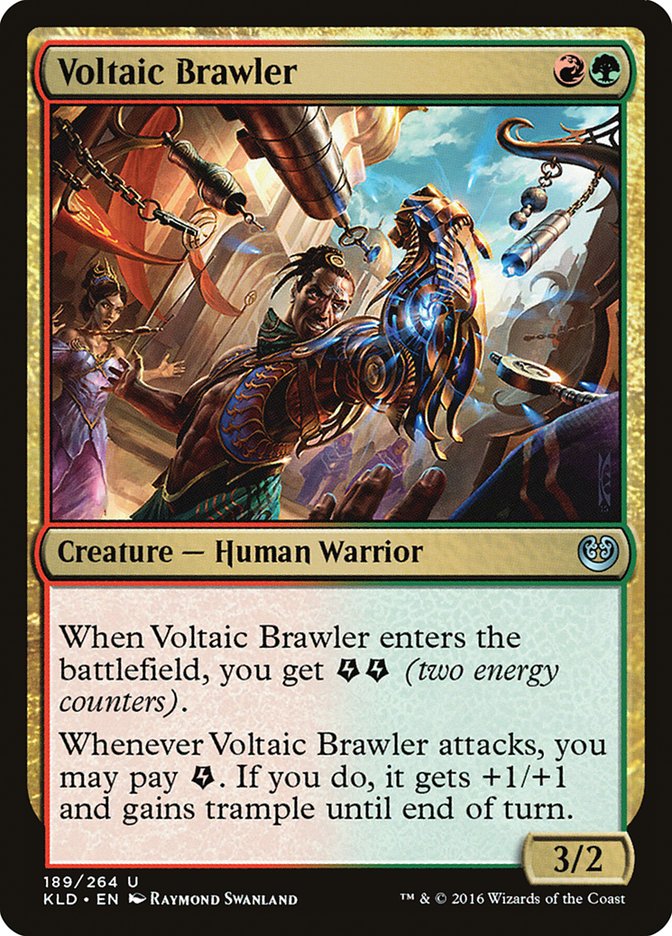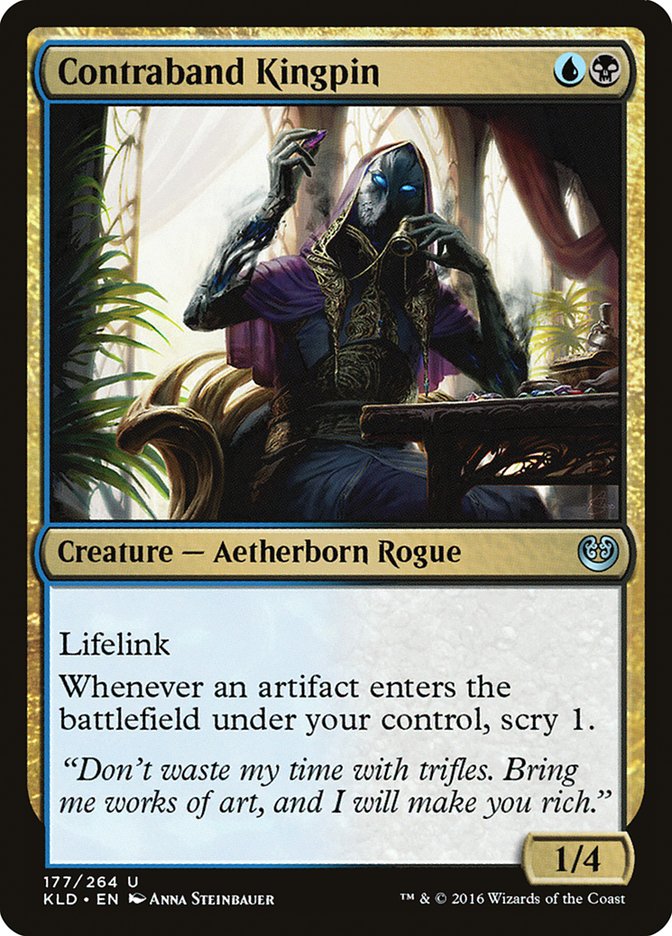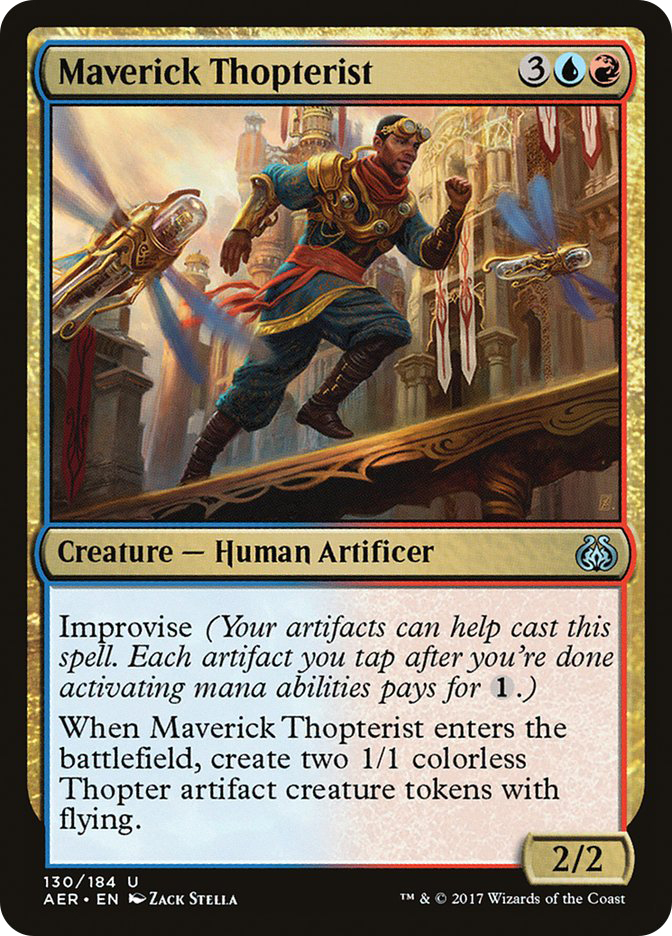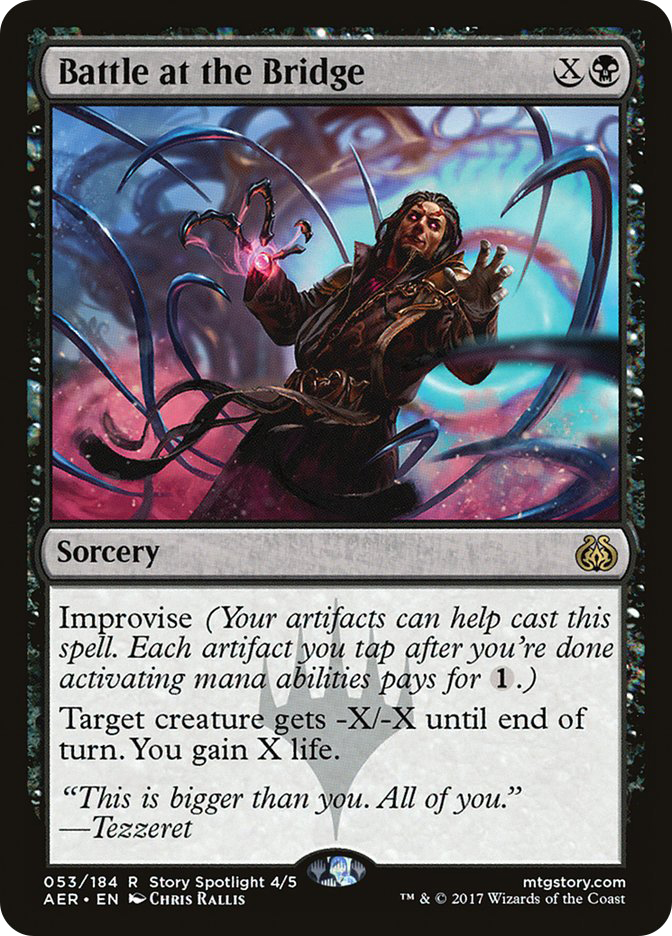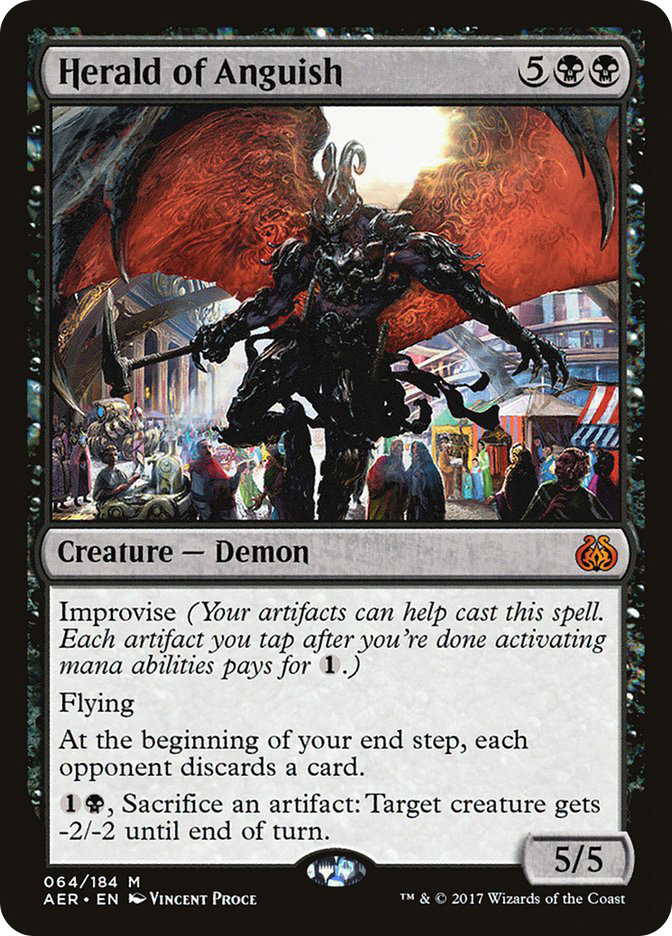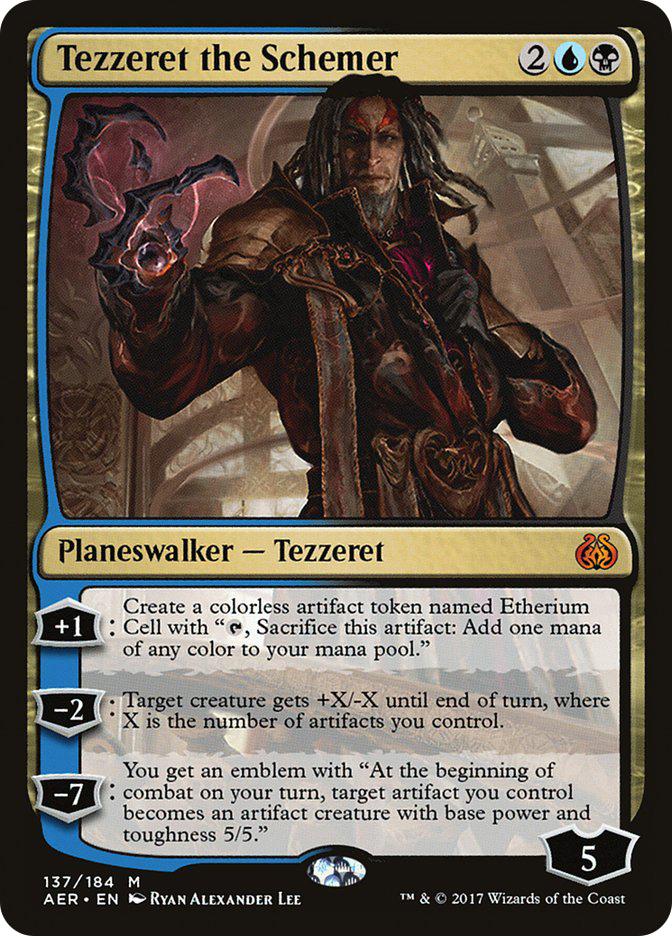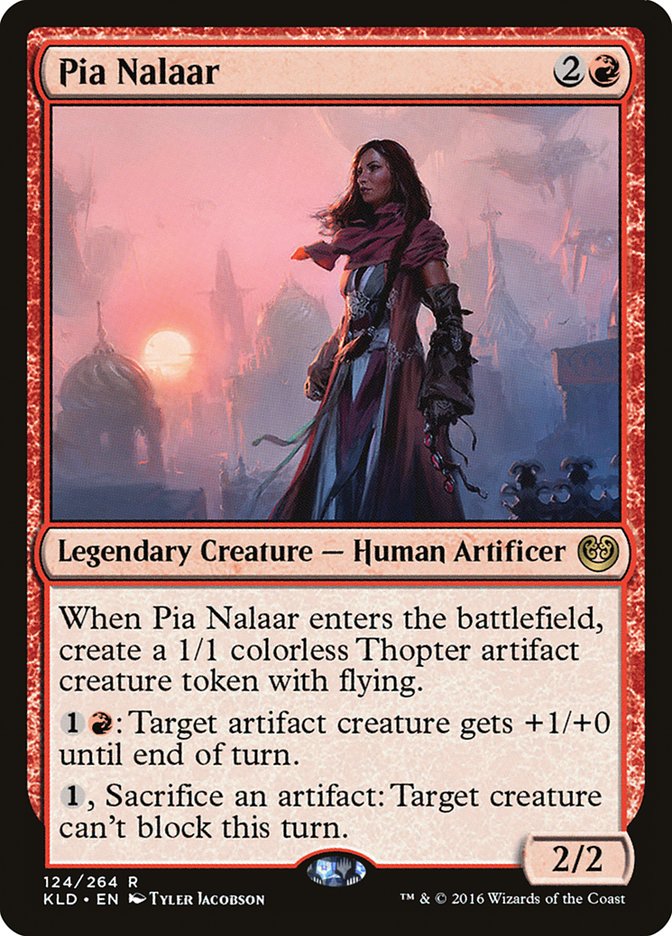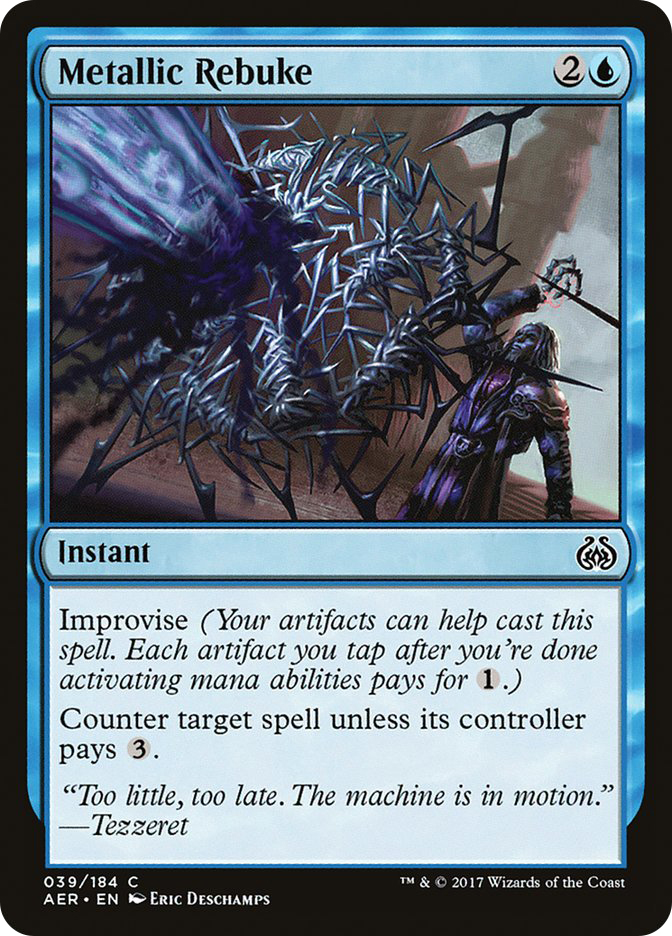Good grief, the decks in the elimination rounds of #SCGDFW are boring. Outside of Brennan DeCandio’s Esper Gift deck, most of what was in the Top 8 was already known or a port from last Standard.
There are plenty of articles about Sultai Energy, U/W Approach, Temur Energy, and Ramunap Red, but what about what’s left? Formats are rarely solved during the first week, and for anything else, we’ll have to look further.
Luckily, StarCityGames.com is kind enough to provide us with a larger pool of decklists from the event, and if there’s anything that I pride myself in, it’s my Magic datamining. With U.S. Nationals coming up in just a few weeks, there’s a lot of learning to do about the ways to attack the format, and how to succeed at a tournament with a limited amount of decklist information going into the weekend.
The Open
The main event at #SCGDFW didn’t stop at eighth place. Scott McNamara hovered at the top tables all weekend and barely missed the elimination rounds with a deck close to my heart:
Creatures (6)
Lands (16)
Spells (38)
- 3 Mountain
- 7 Island
- 4 Opt
- 3 Magma Spray
- 2 Essence Scatter
- 4 Harnessed Lightning
- 4 Glimmer of Genius
- 4 Disallow
- 4 Censor
- 2 Sweltering Suns
- 1 Abrade
Sideboard

Torrential Gearhulk, Harnessed Lightning, and Glimmer of Genius? Sign me up!
Towards the end of last format, a U/B Control deck featuring Torrential Gearhulk and The Scarab God started to make ripples across Magic Online, and this is just the next step in the archetype’s evolution.
If Hostage Taker isn’t the best card in the format at breaking battlefield stalls, The Scarab God is. The only reason that Hostage Taker might be better is because it can steal the opponent’s copy of The Scarab God. If there isn’t a Hostage Taker involved and the battlefield is roughly at parity, the player with The Scarab God will win. It simply provides an insurmountable advantage and has a nice body to boot. It’s exactly what I want out of a control finisher.
The rest of the deck is the same old song and dance that we’ve seen since Kaladesh was released: kill things, net cards with Glimmer of Genius, bury opponent in cards with Torrential Gearhulk. The rate at which this deck can turn the corner is nice. McNamara’s deck headlines the list of things that I want to begin trying out for Nationals, but it’s got some work to do if it wants to prove more viable than U/W Approach. Having to win through traditional means can be difficult.
In spite of this, The Scarab God can weasel its way into a lot of free wins that its controller has no business having.
Creatures (27)
- 4 Verdurous Gearhulk
- 4 Longtusk Cub
- 4 Greenbelt Rampager
- 4 Winding Constrictor
- 3 Rishkar, Peema Renegade
- 4 Glint-Sleeve Siphoner
- 4 Walking Ballista
Lands (21)
Spells (12)

Despite Sultai Energy hoisting the trophy at the end of the event, it was the B/G Energy core that Sultai adapted from, and it isn’t necessarily a strict upgrade. Where Sultai Energy may have a bit more grinding power via Rogue Refiner, The Scarab God, and Hostage Taker, B/G Energy has a single goal: Killing people in the mid game.
The fact that Sultai is favored in the Sultai-versus-B/G “mirror” makes me hesitant to sleeve up this deck. On the other hand, there certainly is a draw to a deck with a better manabase and a more streamlined gameplan. The mirror isn’t everything, and having 100% of your lands entering the battlefield untapped is a boon against Ramunap Red.
This deck seems like a fine fallback option, but in order to take it to a larger tournament, forming a plan that reliably combats Sultai Energy is going to be one of the paramount areas of the playtesting process.
Creatures (16)
Planeswalkers (6)
Lands (24)
Spells (14)

Despite winning a Grand Prix just a few weeks ago, it feels like ages since Mardu Vehicles has been talked about.
The deck is doing most of the same tricks that it was doing before, but without Gideon, the “I win” cards aren’t as potent. Without all of the planeswalkers out of the sideboard and the creature-lands to fall back on, the transformational sideboard plan has been weakened significantly. As a result, Mardu Vehicles looks more like a traditional aggro deck than an aggressively slanted midrange deck; and that isn’t a bad thing.
It wouldn’t be surprising to see this deck move to incorporate more copies of Lightning Strike over Magma Spray and/or Unlicensed Disintegration in an effort to combat Hostage Takers.
If Vehicles is moving towards a more linear aggressive strategy, it may be time to cut the black entirely in order to have better mana and a sleeker spell suite. Remember, the first Open at Kaladesh dropped was won by a two-color Vehicles deck.
The biggest issue with taking this line is it’s hard to tell if the deck at that point is truly better than a more traditional Ramunap Red strategy. I’m willing to test to find out, but I can’t say I’ll invest much time into the deck if initial results are poor.
Creatures (15)
Planeswalkers (2)
Lands (20)
Spells (23)

Brad Nelson played this deck against Todd Stevens on Sultai Energy, and the deck’s performance in the matches makes me skeptical of its viability. That being said, the deck’s been making rounds on Magic Online for a few weeks now, with the Trophy Mage angle showing up a couple of weeks ago.
To be 100% frank, Electrostatic Pummeler was the first thing I wanted to play as soon as Spell Pierce was previewed. I have thousands of reps with Modern Infect, and the play patterns feel like coming home for the holidays. That being said, Dive Down is going to be better than Spell Pierce in this style of deck for a long time. Spell Pierce doesn’t interact with Hostage Taker, and as long as that card sees a significant amount of play, that will make Spell Pierce worse than Dive Down for the go-tall creature strategies.
If Trophy Mage stays in the deck, it’s hard to believe that running zero copies of Aethersphere Harvester is correct. If Trophy Mage leaves, it’s hard to imagine the deck staying U/G, if for nothing more than Harnessed Lightning. One of the best defenses against Hostage Taker is removal for Hostage Taker.
Creatures (22)
- 4 Longtusk Cub
- 4 Voltaic Brawler
- 4 Bristling Hydra
- 4 Electrostatic Pummeler
- 4 Servant of the Conduit
- 1 Glorybringer
- 1 Rhonas the Indomitable
Lands (21)
Spells (17)
Sideboard

This is more the speed of how Electrostatic Pummeler has looked for the last year or so. The blue splash being exclusively for countermagic is incredibly attractive.
Both this deck and the aforementioned U/G iteration of the deck are overloading on ways to counter noncreature spells, and with a bit of thinking, it’s easy to determine why.
Spell Pierce is amazing in a world where the premier control deck of the format is playing a pile of clunky, mana-intensive spells. Using a Spell Pierce to counter a Fumigate is an enormous tempo swing, and Spell Pierce can literally create a pocket to win the game on the spot if it’s countering a Settle the Wreckage.
Voltaic Brawler is easily the most awkward card in the deck. Longtusk Cub has the luxury of outgrowing Lightning Strike, Magma Spray, Shock, and so on. Voltaic Brawler, on the other hand, dies to everything always. It’s a reasonable attacker in the earliest turns of the game, but perhaps there’s a sort of hybrid between the G/U and Temur forms of the deck that can utilize the red stuff that’s going on here (read: Harnessed Lightning, Glorybringer, and Invigorated Rampage) with the consistency of the G/U version.
You’d better believe this is the first place I’ll be looking.
Creatures (22)
- 2 Carnage Tyrant
- 4 Regisaur Alpha
- 4 Ripjaw Raptor
- 4 Drover of the Mighty
- 4 Otepec Huntmaster
- 4 Deathgorge Scavenger
Planeswalkers (2)
Lands (24)
Spells (12)

Boom boom, aka-laka-laka boom.
Despite putting some big results on Magic Online last week, G/R Dinosaurs didn’t really show up this weekend. It’s likely related to a combination of a lack of refinement among most lists and card availability.
The biggest issue that I have with the Dinosaur decks is that it feels like a midrange deck with a bunch of cards that are relatively linear and inherently weak against what everybody else is doing.
Sultai Energy? I hope you can beat your own cards when they’re stolen by Hostage Taker.
U/W Approach? How many Wrath of Gods can your deck beat? Remember that Heroic Intervention doesn’t have text against Settle the Wreckage.
Ramunap Red? If your early creatures die, you aren’t doing anything relevant until Turn 4, and do you expect them to live against the Shock and Lightning Strike deck? Even in the cases where a Sweltering Suns mops up most of what a red deck is doing, it’s almost impossible to beat a Hazoret the Fervent without using Carnage Tyrant as a brick wall. How many copies of your six-drop are you leaving in against red, by the way?
When Rivals of Ixalan hits, expect an enormous upgrade to the tribe, but without incorporating another color, it’s hard to imagine seeing a dedicated tribal Dinosaur deck making waves any time soon.
The Classic
Looking at the Standard Open would limit us to 64 decks. Adding the Standard Classic ups that by another 50%, throwing 32 more decks into the mix. Most of the notable archetypes are represented in the Open, but there were a couple of outliers…
Creatures (8)
Lands (24)
Spells (28)
- 1 Fumigate
- 3 Servo Exhibition
- 3 Sram's Expertise
- 4 Fatal Push
- 4 Hidden Stockpile
- 4 Anointed Procession
- 2 Start
- 2 Vraska's Contempt
- 2 Settle the Wreckage
- 3 Legion's Landing
Sideboard

Sam Black has been writing about Anointed Procession for months at this point, and it’s good to see the Hidden Stockpile / Anointed Procession engine is doing something post-rotation.
Rather than looking to snowball into an enormous advantage, this list seems to win in the mid-game with Oketra the True and Master Trinketeer.
Another version of the deck has been floating around Magic Online, being tuned by Eric Hawkins and Autumn Burchett.
Creatures (19)
- 1 Marionette Master
- 4 Anointer Priest
- 3 Sacred Cat
- 1 Angel of Sanctions
- 2 The Scarab God
- 3 Champion of Wits
- 3 Ruthless Knave
- 2 Dire Fleet Hoarder
Lands (24)
Spells (17)
Sideboard

Nothing says “Carmen’s going to sink days of her life into this” quite like a token-based synergy deck with a backdoor combo in it.
With Anointed Procession and Ruthless Knave, it’s possible to end up generating a large number of cards and mana. The second copy of Anointed Procession generally results in drawing one’s entire deck and killing the opponent via Marionette Master and Treasure tokens.
The biggest issue with this deck is that there are so many cards that can go into the deck, so few slots, and time as a very finite resource.
Two of the biggest draws to this deck are that it is very good against the Temur decks (as long as The Scarab God is manageable) and Hidden Stockpile makes it very easy to invalidate Hostage Taker. The biggest reason that I’m on the fence about the deck is that it is soft to Ramunap Red. If that matchup can be easily fixed, I expect to be registering a playset of Anointed Processions next weekend.
Creatures (14)
Planeswalkers (3)
Lands (21)
Spells (22)

Zac Elsik is a man of complex taste.
There’s a lot going on here, but the short version is that this deck is attacking from an angel similar to Temur Energy. The difference is, rather than trying to whittle down both player’s resources, Grixis Improvise is planning to complicate the battlefield state and win from there (sound familiar?).
Without playing a larger number of games with the deck, it’s hard to say the biggest strengths and weaknesses of the deck, as it operates on a unique axis, but looking at the individual cards, it isn’t hard to imagine how this succeeded against the expected metagame.
Absolute nightmares for Ramunap Red.
Absolute nightmares for U/W Approach.
All well-positioned against Temur Energy.
I could continue the comparisons for another hundred words or so, but the point is that the deck being able to take people by surprise has real value. Couple that with the fact that many of the cards line up very well with what other people are doing, and it very well may be the place to be this time next week.
Go Time
I’m seldom the “paste a million decklists in an article and run with it” type of writer, but this week is one where a fitting exception was made. There’s so much going on. It’s hard to imagine actually getting reps with all of these decks before the event. Luckily, past that weekend, there’s an entire format ahead of us, and a format to be solved.
Is there something missing here? What new Ixalan-fueled brew are you sleeving up? Now that there’s something in the way of tournament results to see, it’s time to ask the harder-hitting questions:
Why are you sleeving up the deck you’re playing?




